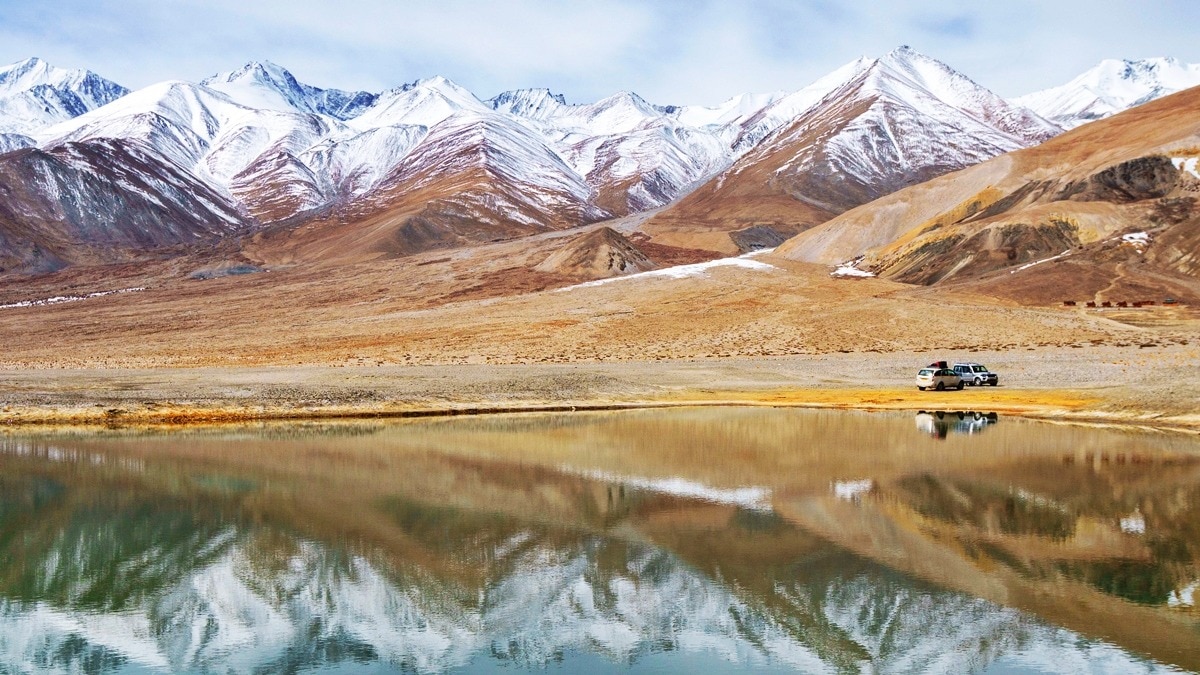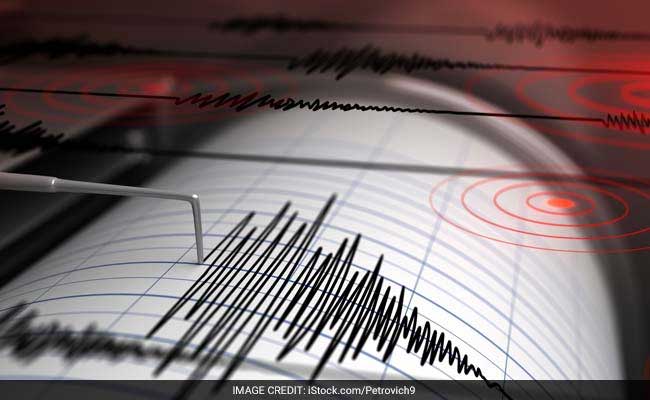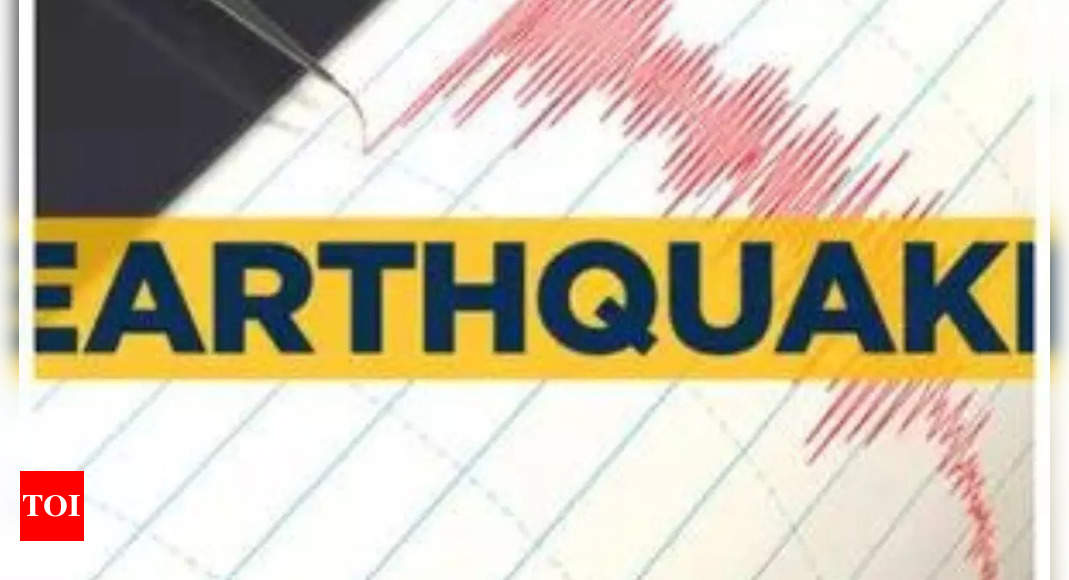
[ad_1]
The Himalayas, the world’s third-largest repository of ice and snow, are at a critical juncture as it grapples with an accelerated loss of glaciers.
The State of India’s Environment 2024 report has unveiled that the region has borne the brunt of 44 percent of India’s natural disasters from 2013 to 2022. This alarming statistic points to the increasing severity and frequency of floods, landslides, and thunderstorms, particularly in the Himalayan states, signaling an environmental crisis on the brink.
The accelerated glacier melt in the upper reaches of the Himalayas, with a reported rate of 65 per cent, is attributed to the rapid rise in surface temperatures.
Kiran Pandey, head of CSE’s Environment Resources Unit, emphasised the gravity of the situation, stating, “These disasters are occurring more frequently and getting more severe, causing a significant loss of life and damage to property.”
The consequences extend beyond the environmental domain, posing a direct threat to the lives and livelihoods of approximately two billion people, primarily in Asia, who heavily depend on the water sourced from these glaciers.
The emergence of new glacial lakes triggered by cloudbursts exacerbates the risks, leading to flooding whenever these lakes overflow.
Climate change has also triggered shifts in the vegetation line in the Himalayas, with a notable migration of 11 to 54 meters per decade.
Given that 90 percent of Himalayan agriculture relies on rainfall, the sustainability of livelihoods becomes precarious. This not only endangers the region’s inhabitants but also poses a threat to downstream populations relying on Himalayan water resources.
Beyond the loss of ice, the Himalayas are experiencing a decline in permafrost, the permanently frozen region, particularly in the western region, where approximately 8,340 square kilometers were lost between 2002-04 and 2018-20.
This thawing contributes to landslides, resulting in extensive infrastructural damage.
The report concludes with a stark warning that if the current trajectory persists, with 40 percent of Himalayan ice already lost, up to 75 percent more could disappear by the end of this century.
Urgent and decisive action is imperative to avert catastrophe, with leaders urged to act swiftly.
“We need leaders to act now to prevent catastrophe,” Izabella Koziell, ICIMOD’s deputy director general, said, highlighting the urgent need for immediate and incisive action to safeguard the Himalayas and the billions of lives dependent on this vital ecosystem.
Tune In
[ad_2]
Source link







